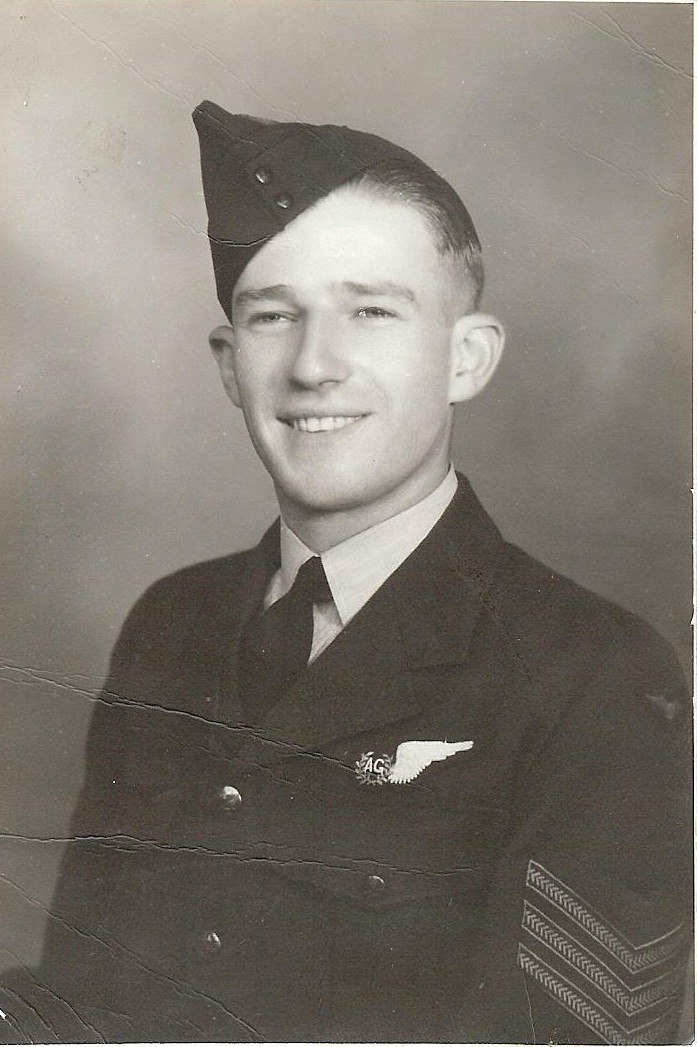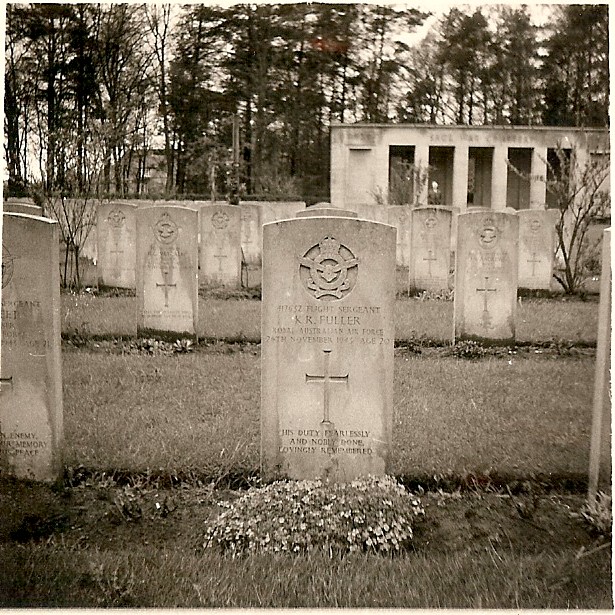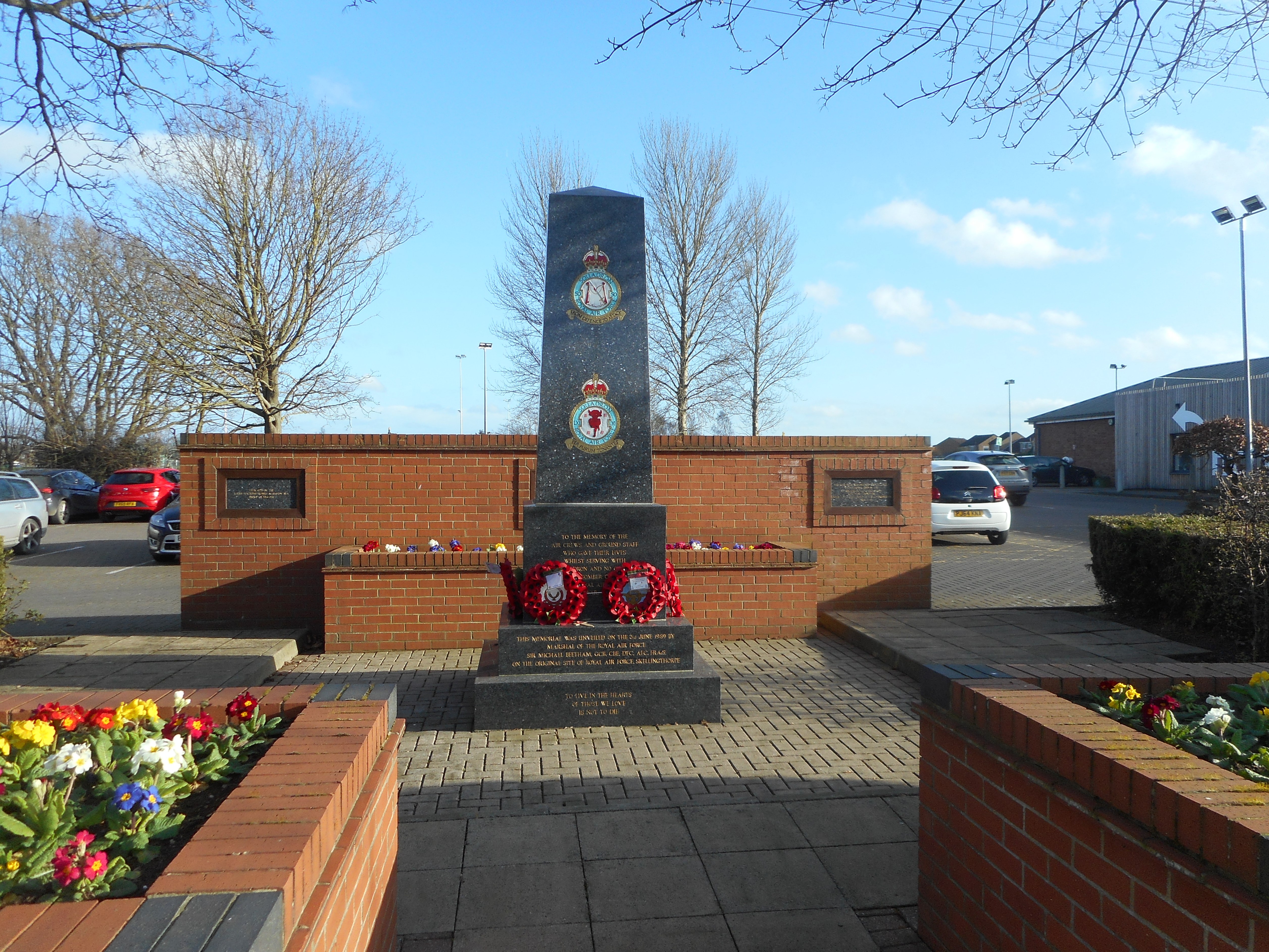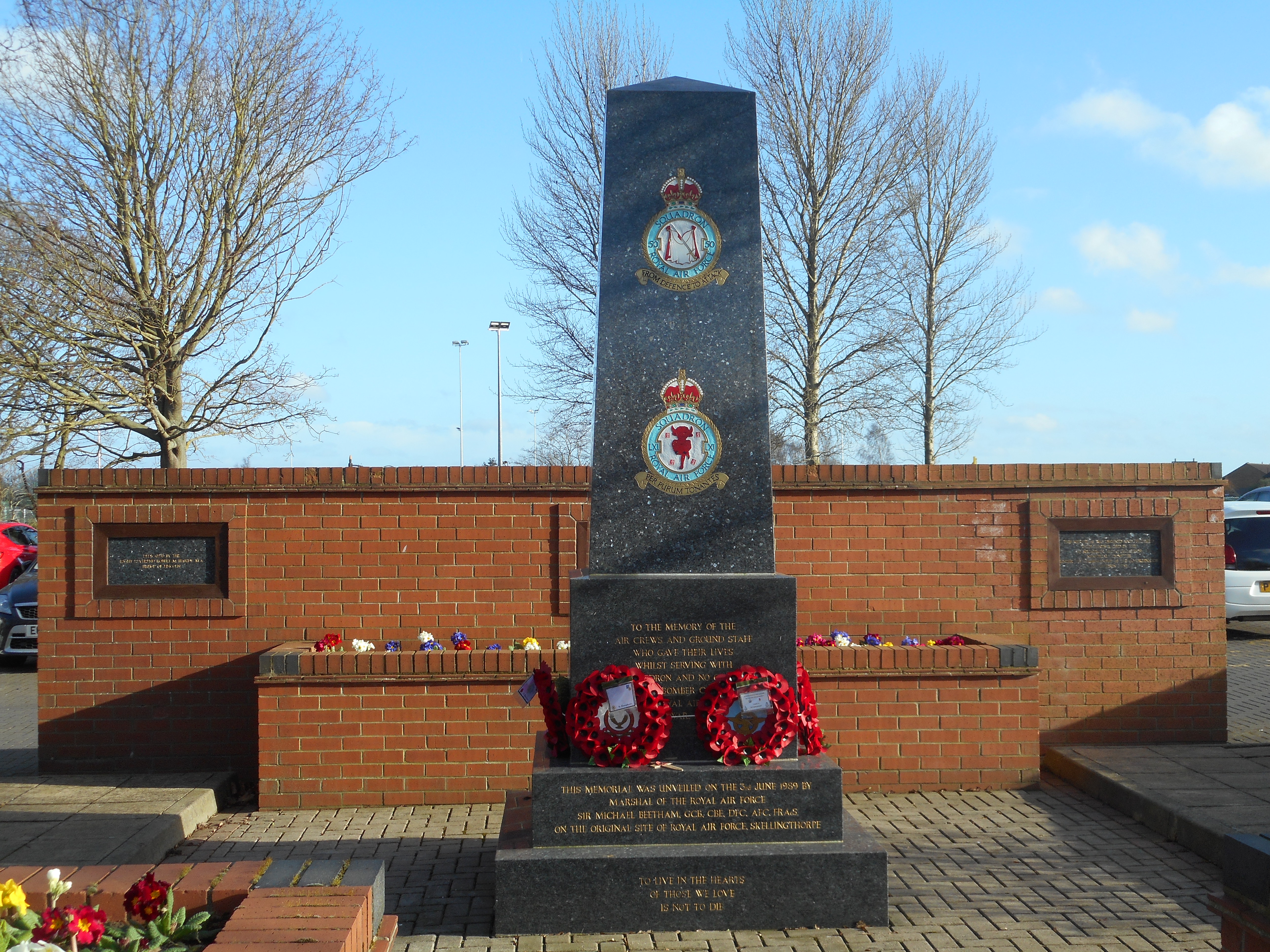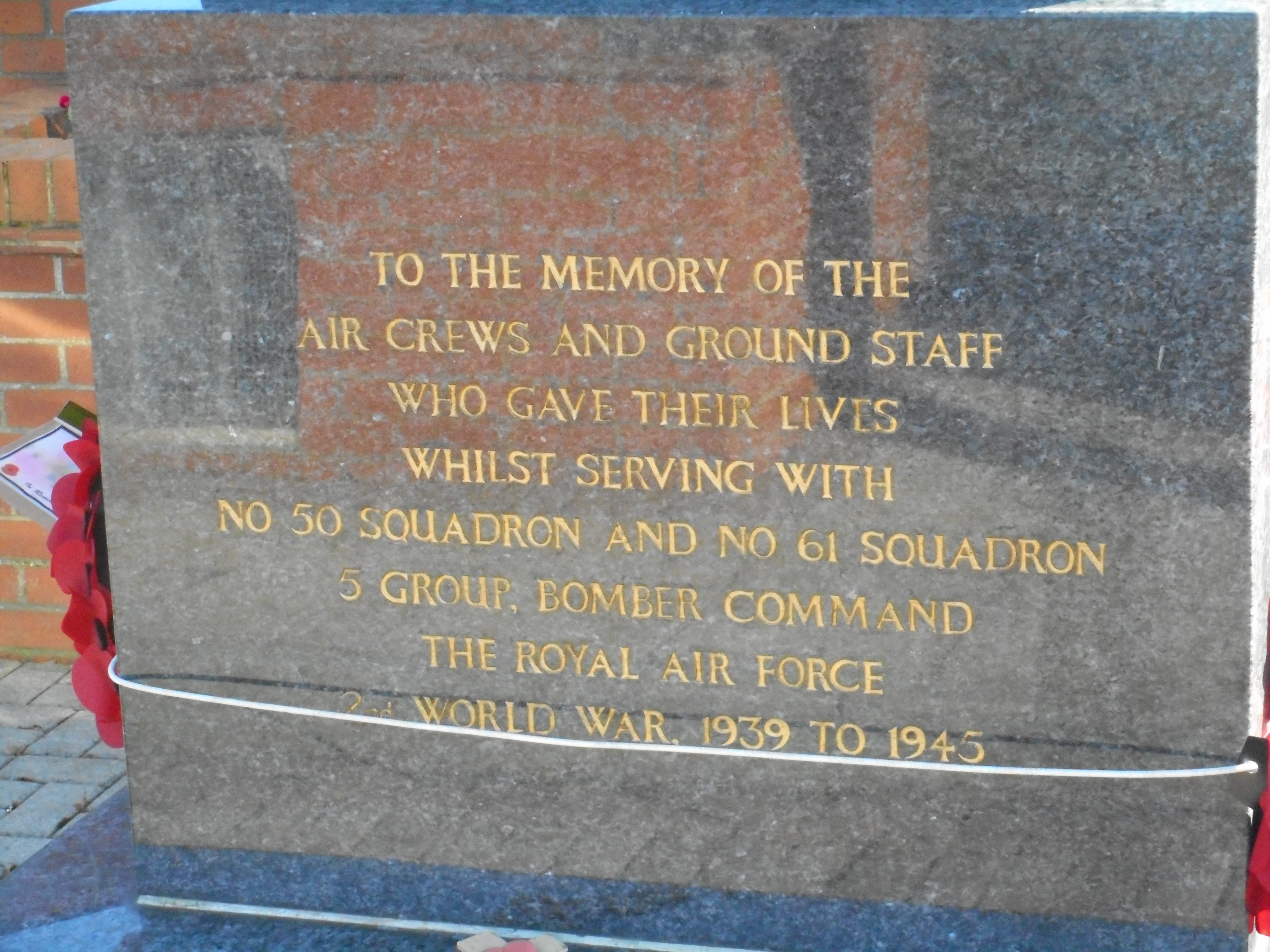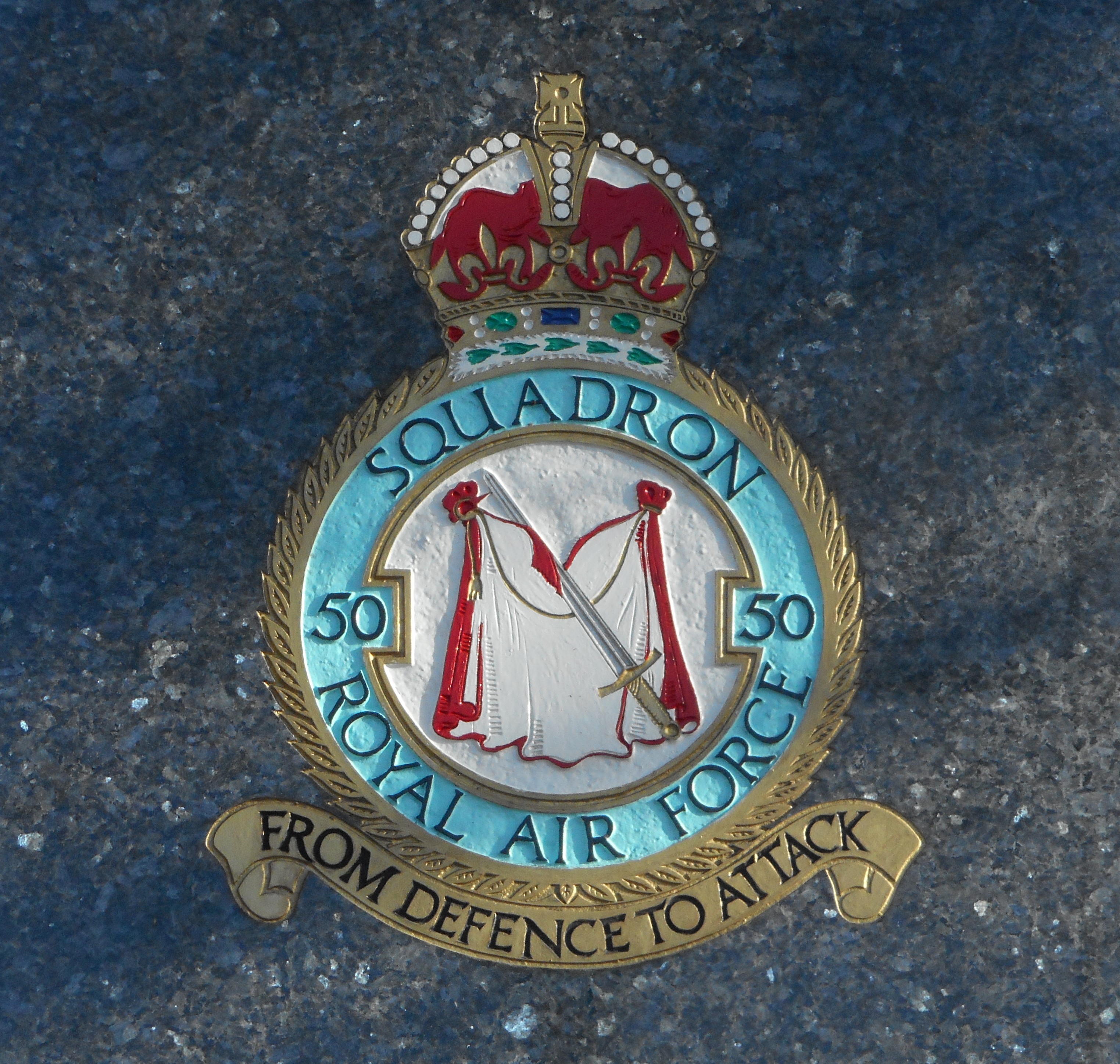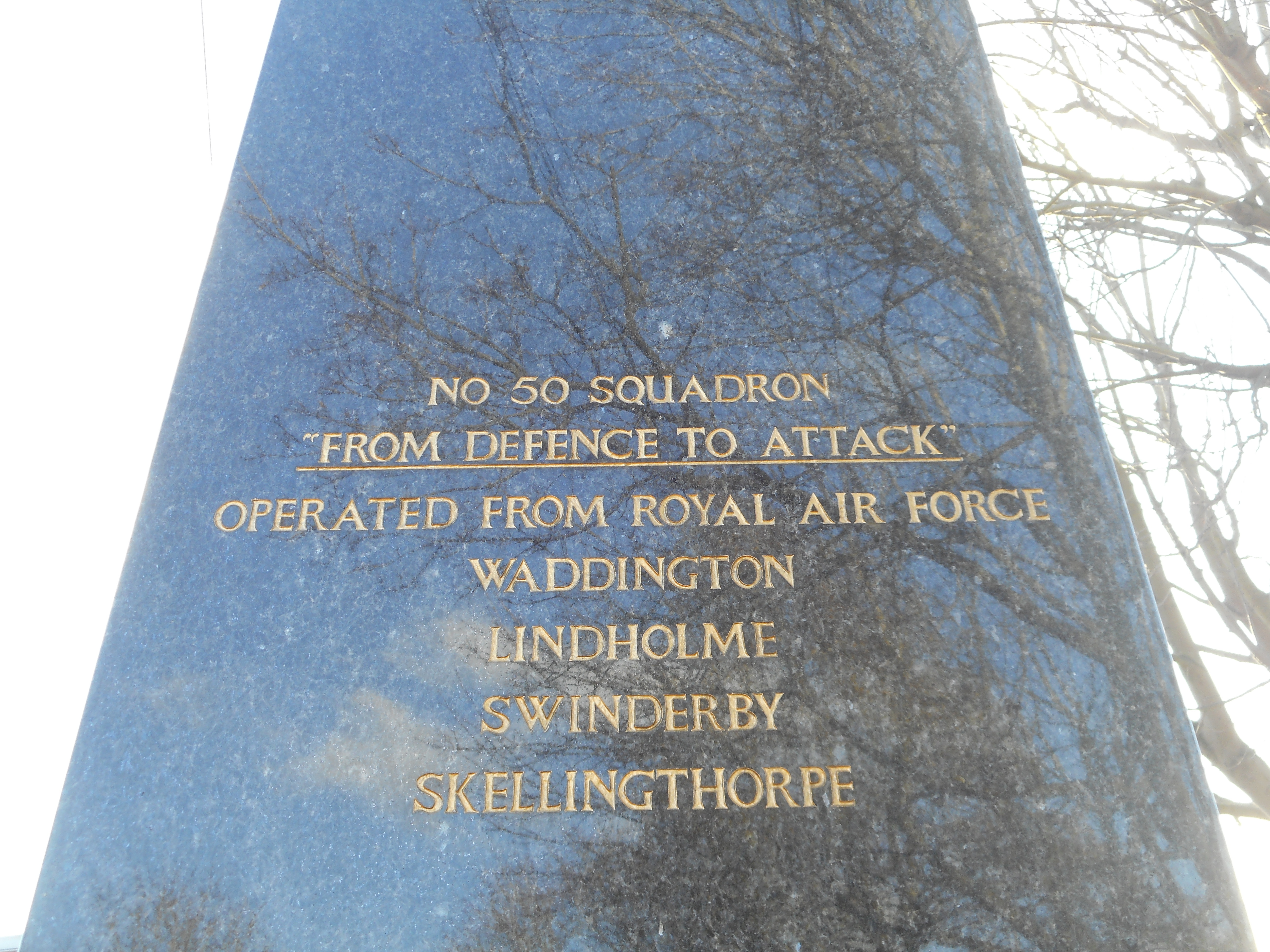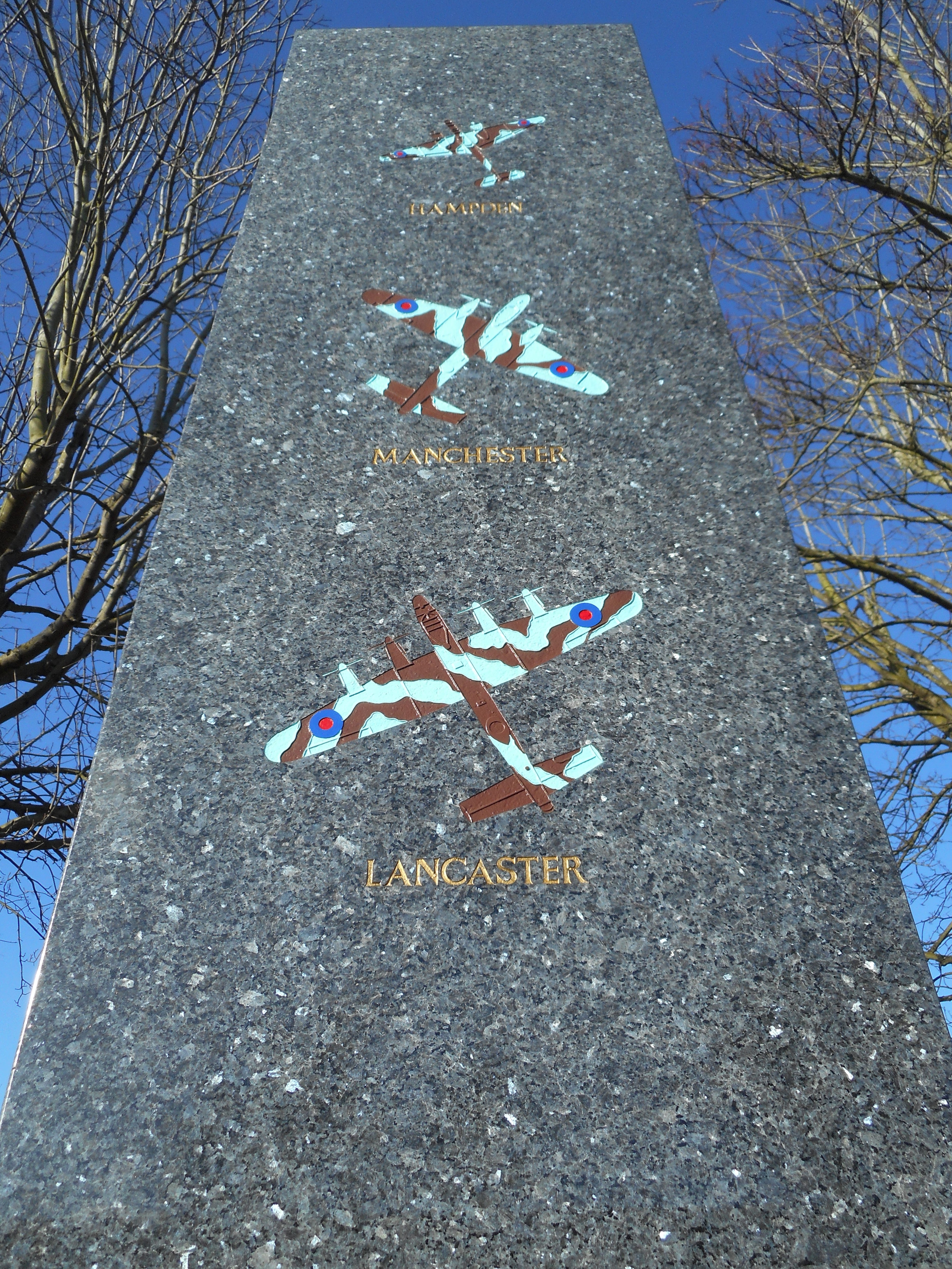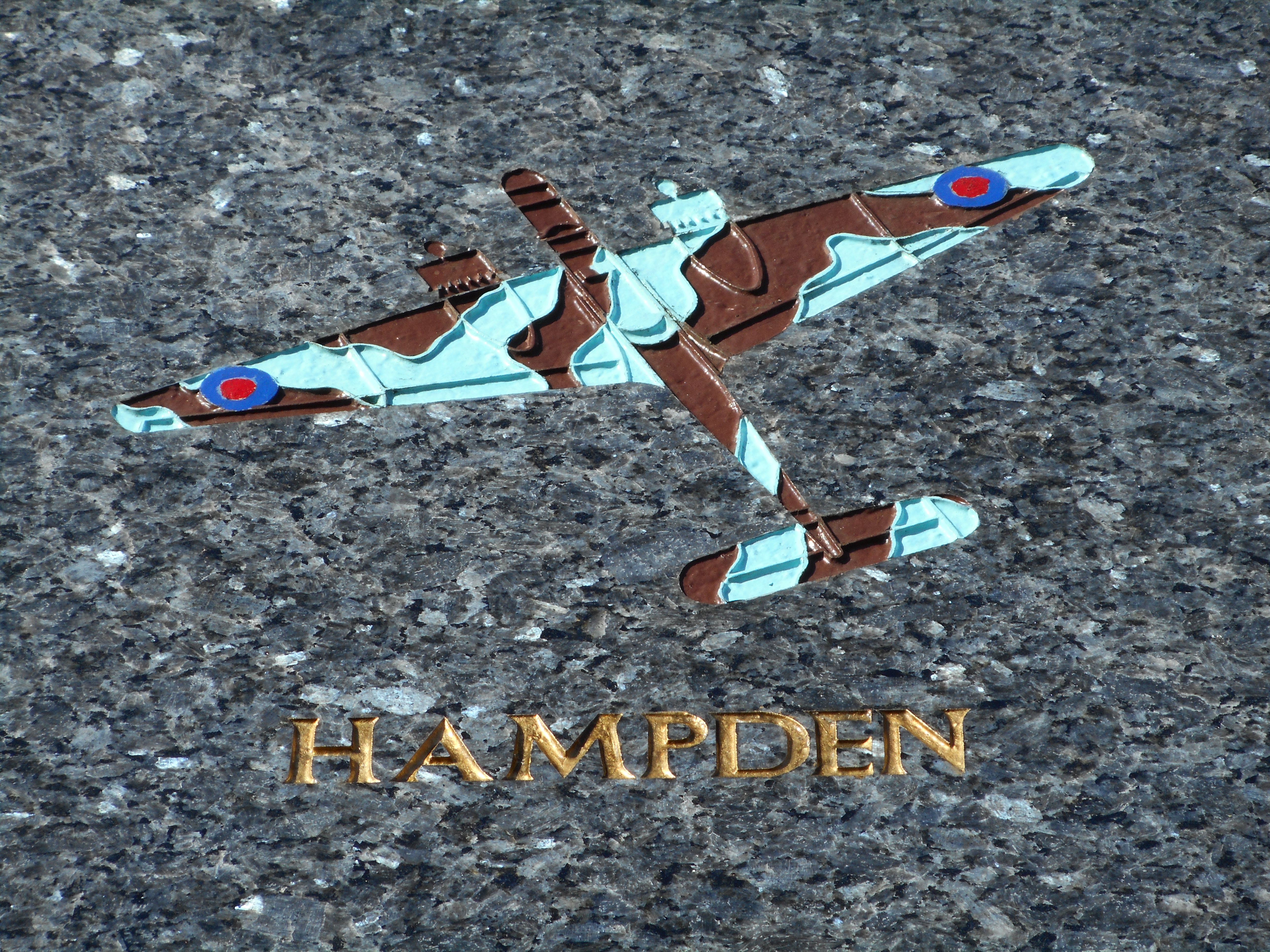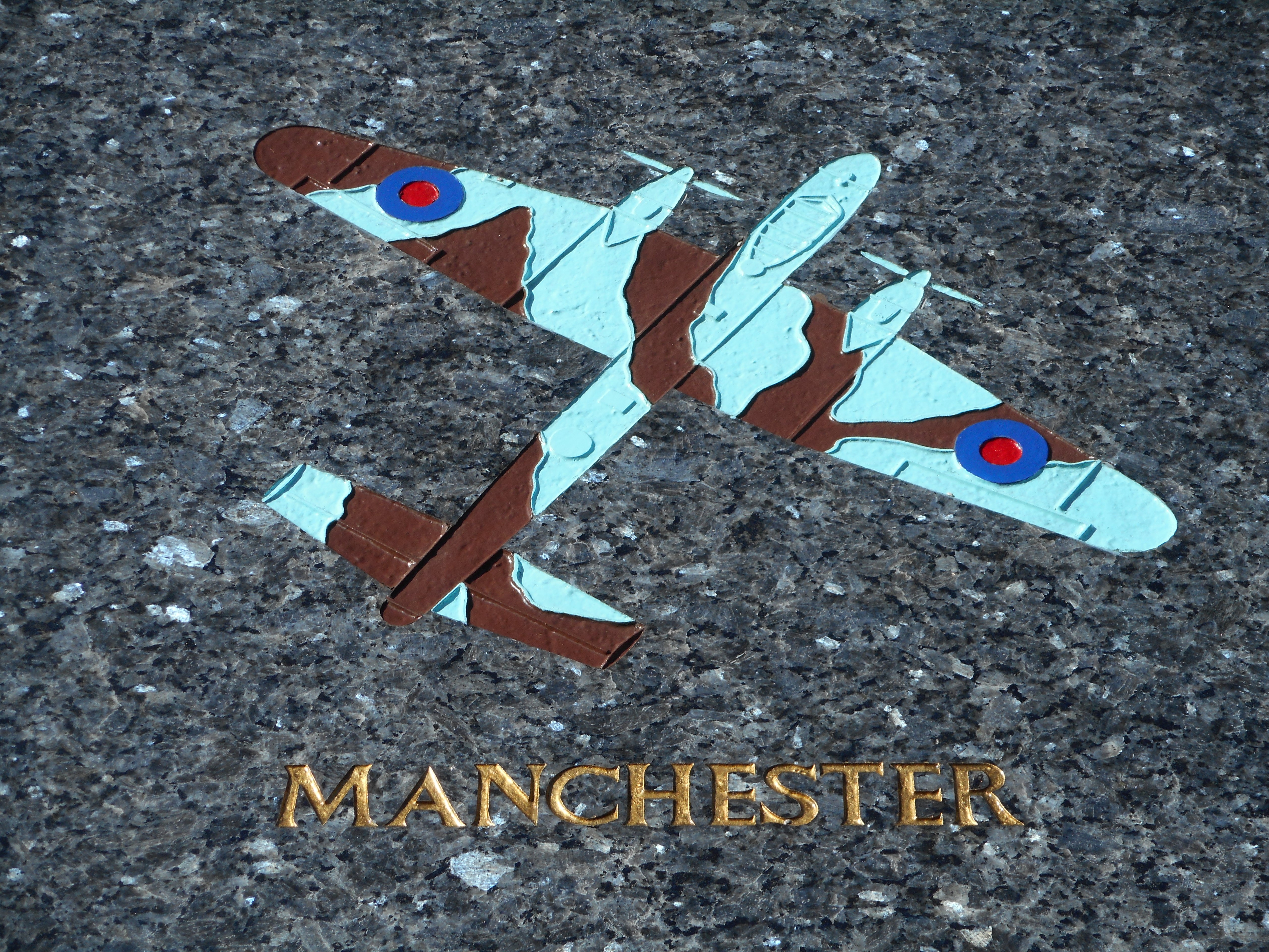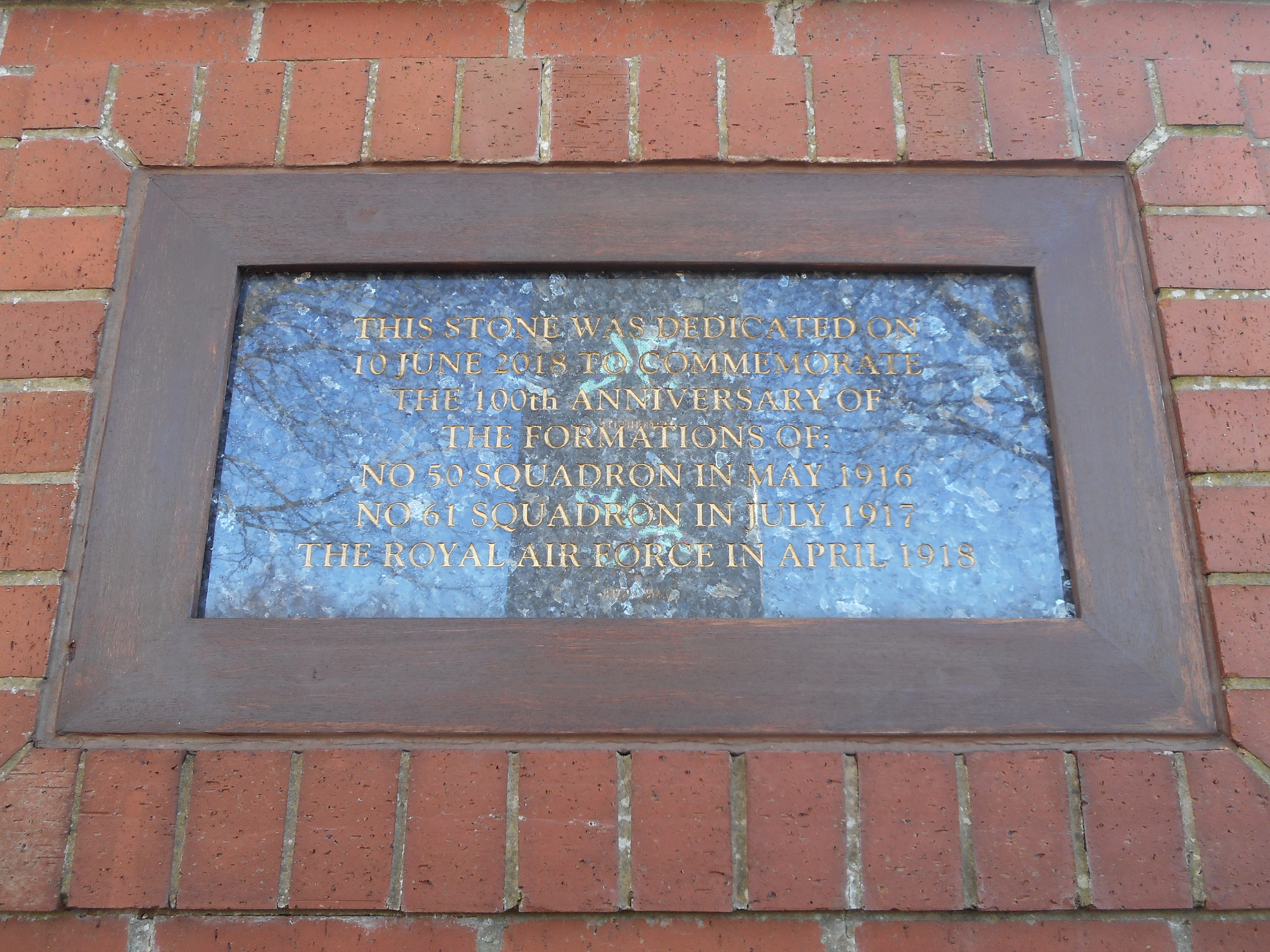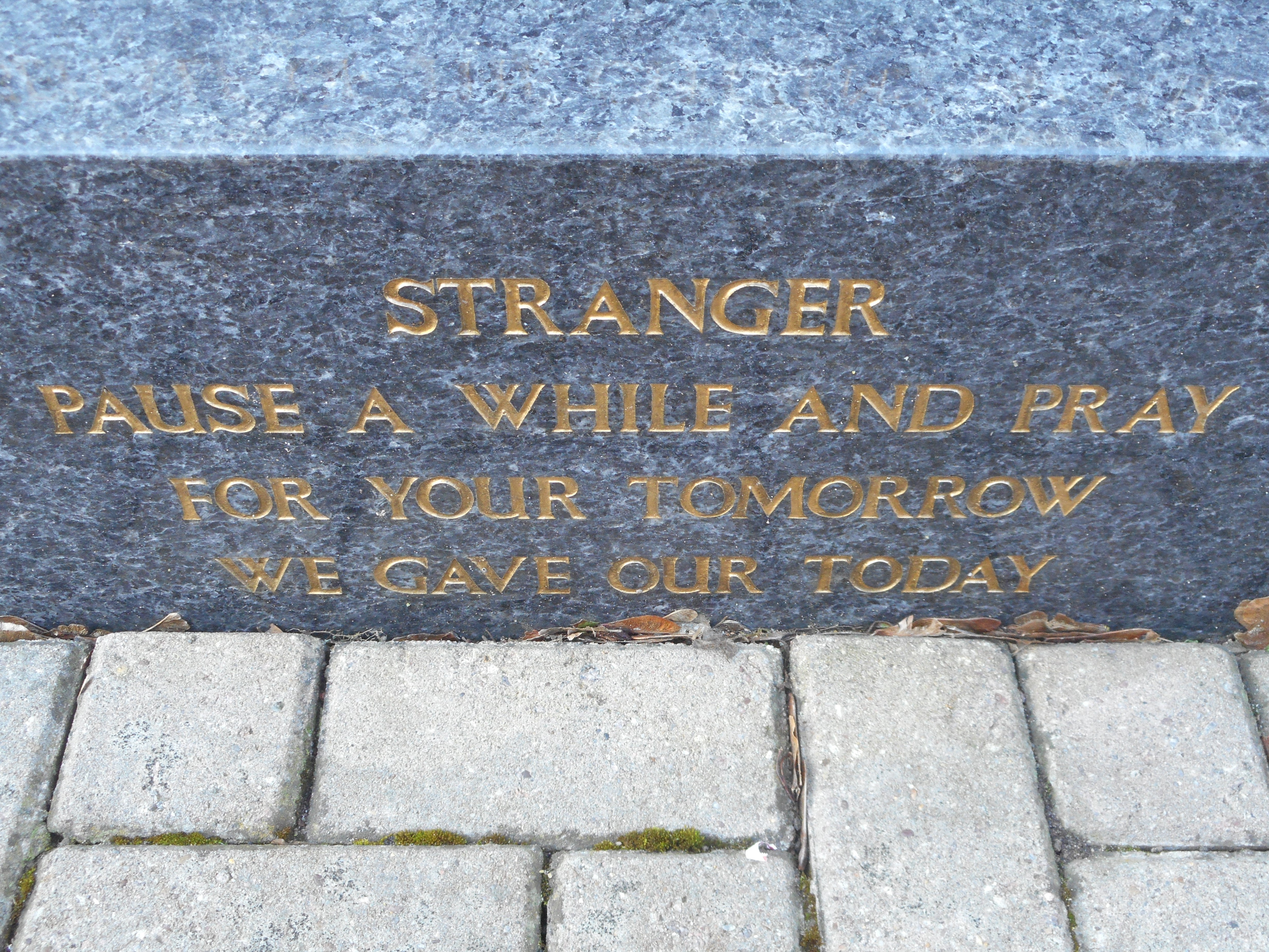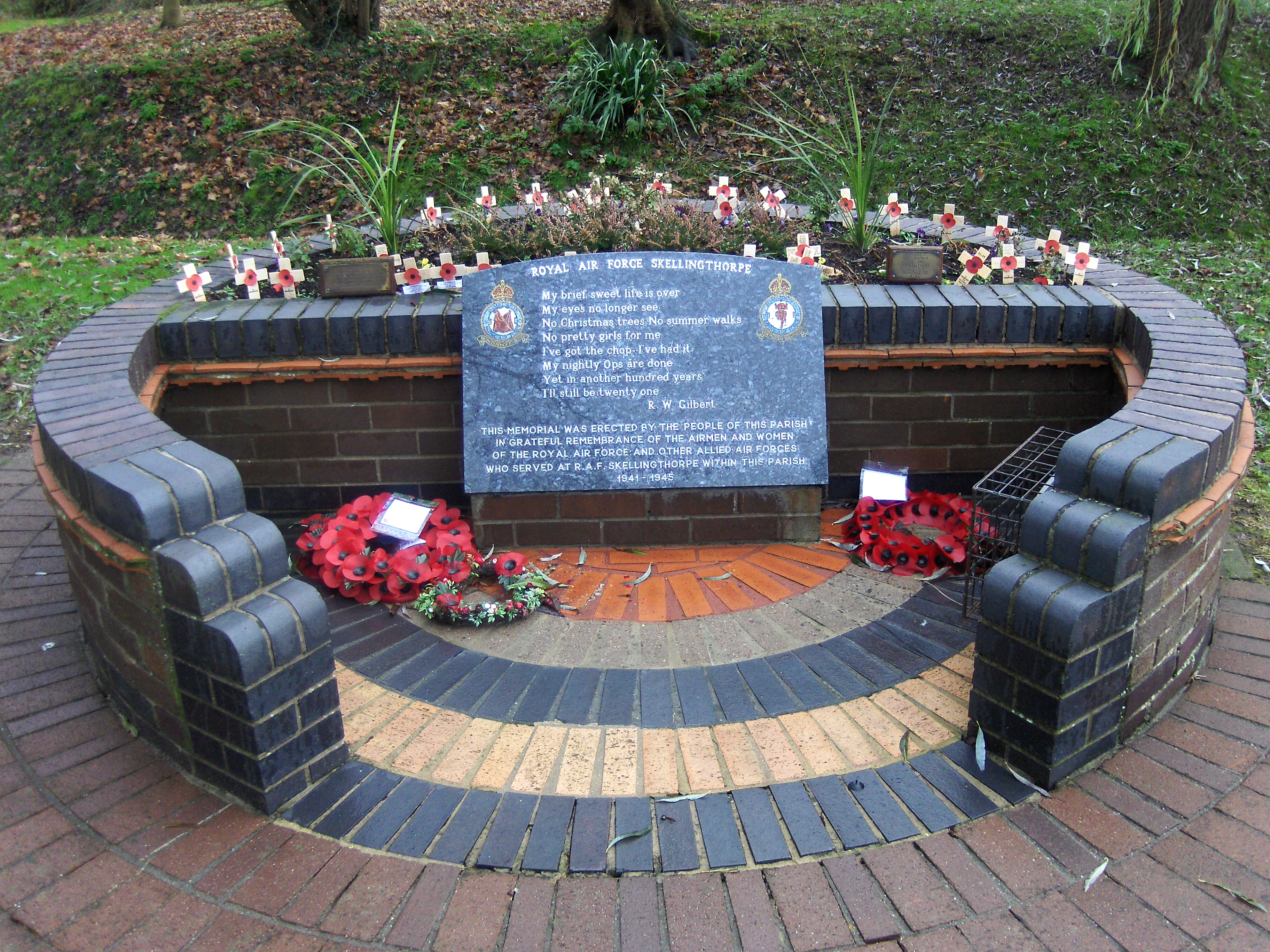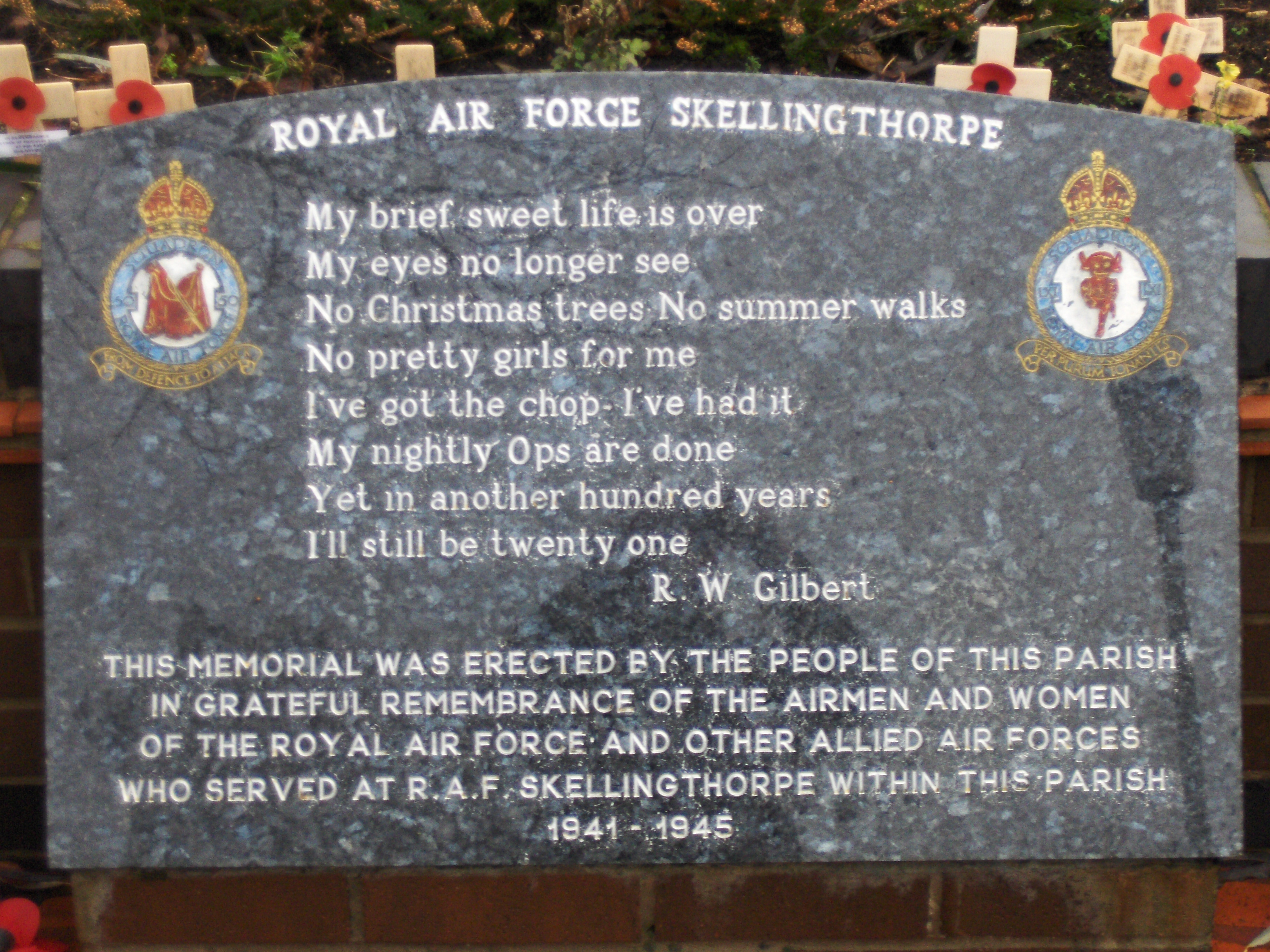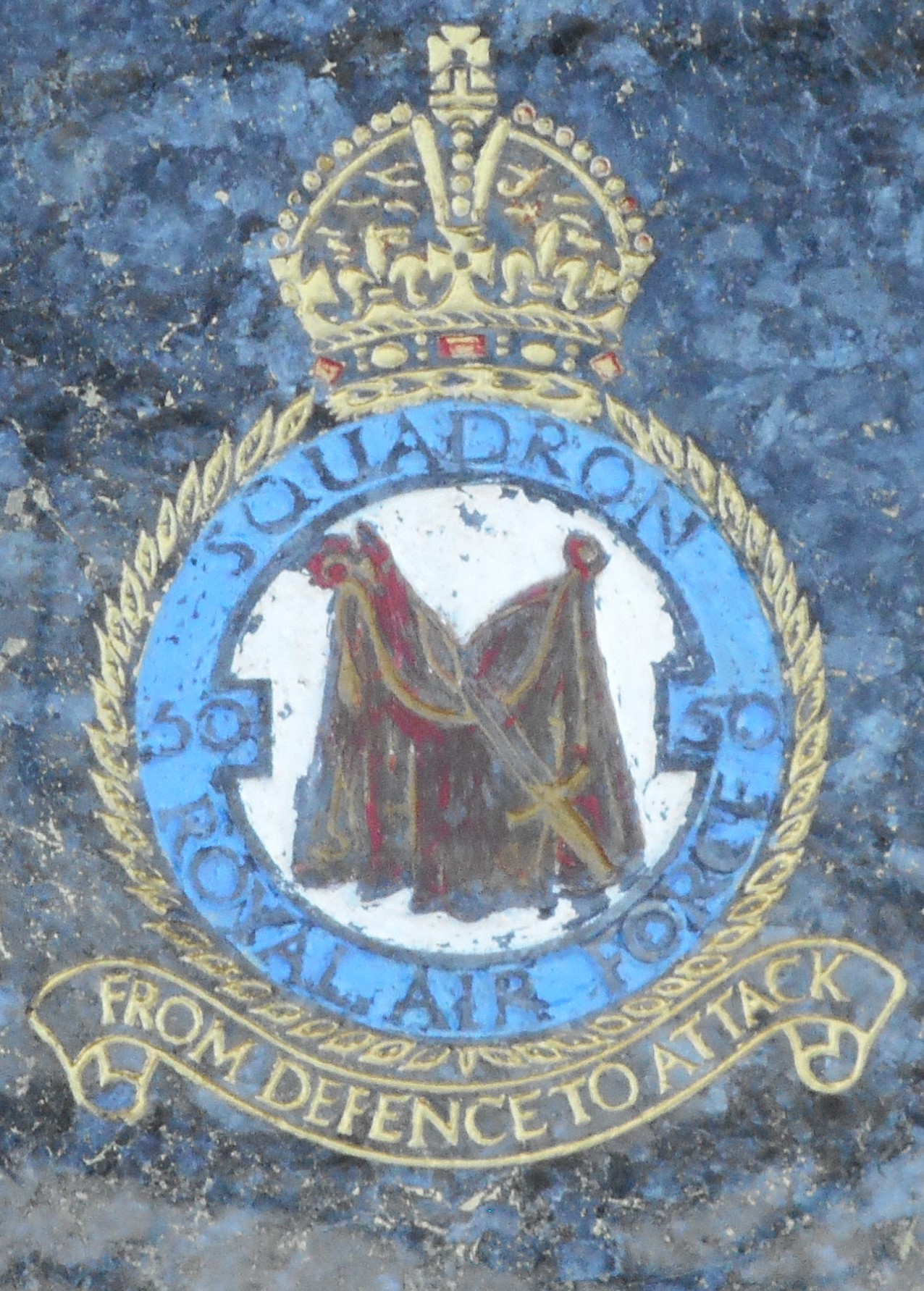| Ken Joined the RAAF on 20 June 1942 at Adelaide, South Australia. On 14 January 1943 he began his training as an Air Gunner, flying 9.1 hours of gunnery flying, 1800 rounds fired. On 6 May 1943 he began Operational Training at Bruntingthorpe Leicestershire, England, flying in Wellington aircraft, where he undertook 31.3 hours of day flying and 26.45 hours of night flying. Most of this flying was under the command of Sergeant Eaves, who as a Pilot officer, and who was captain of his fatal operation. On 31 July 1943 he began fighter affiliation training at Fulbeck Lincolnshire England, where he undertook 6 hours and 15 minutes of training. On 12 August 1943 he began conversion training to Lancasters flying 13.1 hours by day and 22.55 hours by night, again mainly under the command of Sergeant Eaves. |
| On 8 September 1943 he began operational flying with 61 Squadron from Syerston, Nottinghamshire, England. During the period 8 September to 23 November 1943 he undertook 26 flights, 11 of these where operational over Germany. At 1735 hrs on the evening of 26 November 1943, Lancaster I serial W4198 Code QR-H from 61 Squadron took off from RAF Wittering on Operations to Berlin. 443 Lancasters and 7 Mosquitos flew to Berlin and Stuttgart (the latter being a diversionary attack). Both forces flew a common route over Northern France and onwards nearly as far as Frankfurt before diverging. The German controllers thought that Frankfurt was the main target until that late stage and several bombers were shot down as they flew past Frankfurt. Only a few enemy fighters appeared over Berlin, where flak was the main danger. The weather was clear over Berlin and after following a long approach flight from the south, the Pathfinders marked an area 6-7 miles north-west of the city centre and most aircraft bombed there. Because of Berlin's size most of the bombing still fell within the city boundaries; particularly on the semi-industrial suburb of Reinickendorf. Smaller amounts of bombing fell in the centre and in the Siemensstadt (with many electrical factories) and Tegel districts. The diversionary raid on Stuttgart was carried out by 157 Halifaxes and 21 Lancasters. 6 Halifaxes were lost; this was 3.4 per cent of the force. The bombing was very scattered and caused little damage, however, it succeeded in drawing part of the night-fighter force away from the Berlin operation. Because of the scattered condition of the bomber stream over Berlin, enemy fighters caught the bombers off track on their return journey and the casualties mounted. Eight Lancasters were lost in the attack and fourteen more crashed in England. Lancaster W4198 crashed on to the Borgermoor, south of Surworld, with the loss of all crew members. All were originally buried in the Evangelical Friedhof at Bad Zwischenhn but now rest in the Sage War Cemetery. |
| This was the aircraft's 75th operation. |
